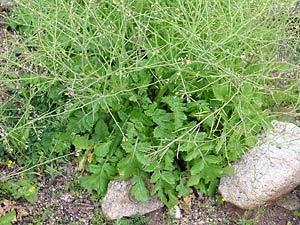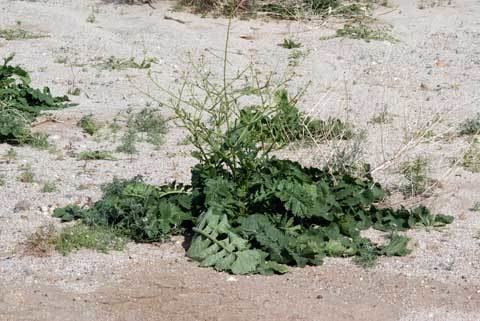Higher classification Brassica | Scientific name Brassica tournefortii Rank Species | |
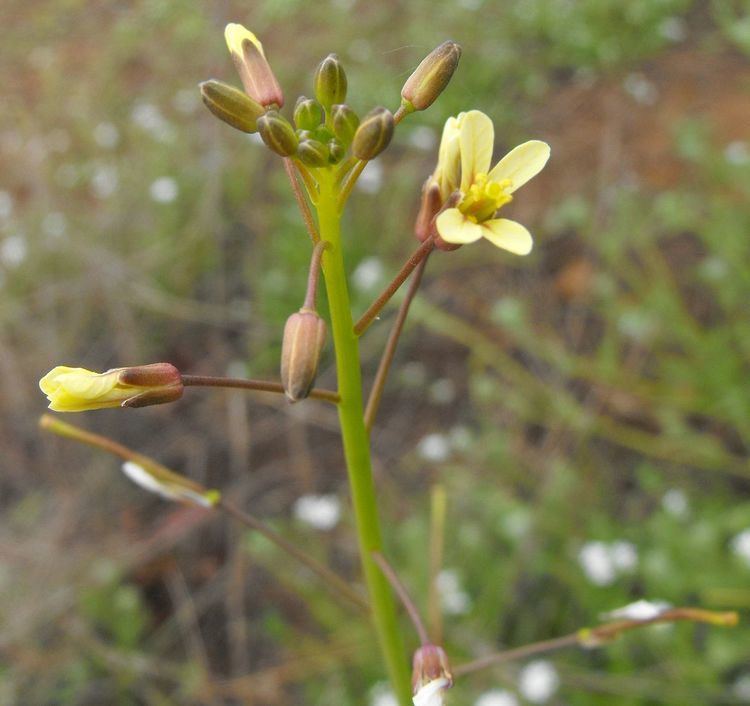 | ||
Similar Brassica, Cabbage family, Brassica elongata, Brassica fruticulosa, Sisymbrium orientale | ||
Tertiary ingredients of brassica tournefortii formulats pankaj oudhia s medicinal plant database
The mustard species Brassica tournefortii is known by the common names Asian mustard, pale cabbage, African mustard, and Sahara mustard, and is well known as an invasive species, especially in California.
Contents
- Tertiary ingredients of brassica tournefortii formulats pankaj oudhia s medicinal plant database
- Description
- References

The plant is generally similar to other mustards, but the yellow flowers are not as bright and flashy as closely related species. It is a spreading annual herb with long stems up to 40 inches in length.
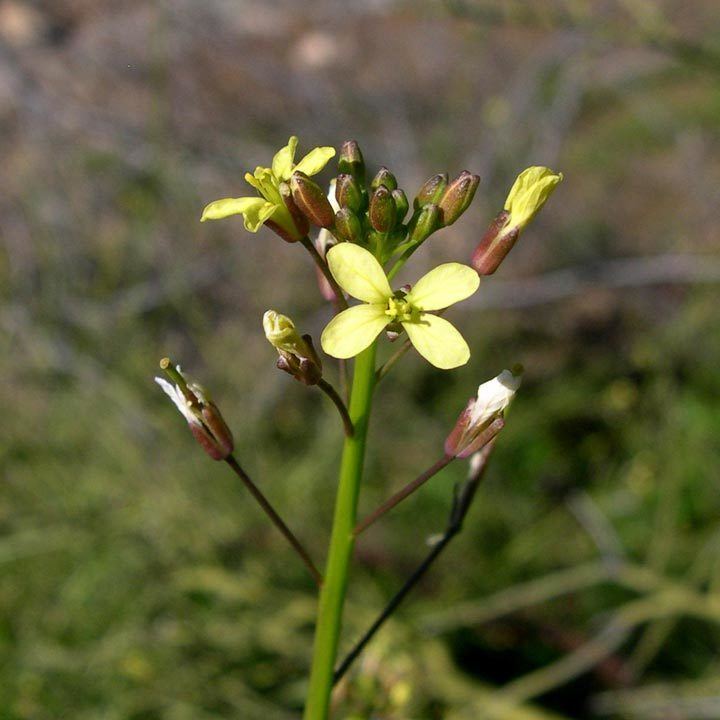
Description
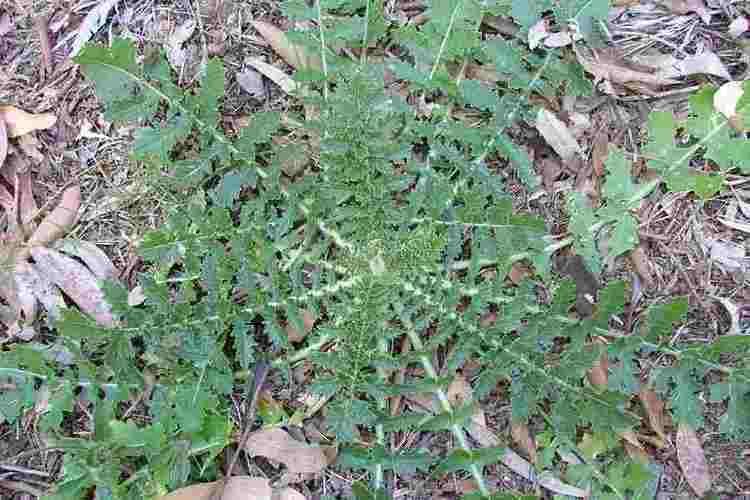
This mustard is native to the deserts of North Africa and the Middle East. It became notorious during the twentieth century after it invaded the deserts of the United States and Mexico. Recently it has become an abundant weed of low deserts including the Sonoran and Mojave Deserts, plus the desert valleys such as the Coachella and Imperial Valleys of southern California. The plant disperses easily at the first hint of rain. When the seed coats are moistened they form a gel and become very sticky and readily adhere to people, animals, and objects. Seeds easily take hold along roadsides and arid desert lands, especially in disturbed habitats.
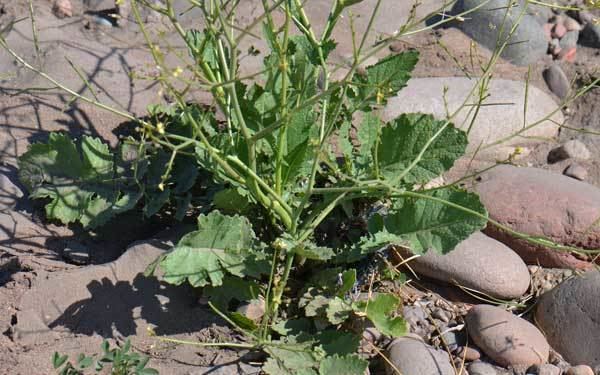
Thick stands of the plant can crowd out native flora. Well-adapted to desert life, it monopolizes any moisture in the soil before other plants can get it and forms seeds before other species do. It produces seed as early in the year as January, especially if the region undergoes a warm spell, which is a common occurrence during southern California winters. It self-fertilizes and drops seeds into the soil, where they persist and survive fires and long periods without rain. The fact that it propagates by leaving large numbers of viable seeds in the soil prevents eradication measures such as pulling, mowing, grazing, and burning. Individual plants have the capacity to separate from the ground and become like tumbleweeds, dropping seeds as they are carried across the desert floor in the breeze.

